How do you insulate concrete basement walls and avoid mould?
I have seen pictures of 1.5 inch Rock Wool covering the entire basement walls. Then the stud framing goes on. Then additional bats or Rock Wool boards installed between the frame stuctures. I do not want to finish the basement any time soon, but I want to insulate it. I have put the Rock Wool in the rim joices. I had one panel of styrofoam board that was left over. I put it up against the basement wall. When I removed it to get at the rim joices there was mould behind it near the bottom. I had the foil side toward the interior and a plastic layer side next to the wall. I was hoping to nail the Rock Wool Comfort 80 Board to the entire wall, and then when the time is right frame and finish.




















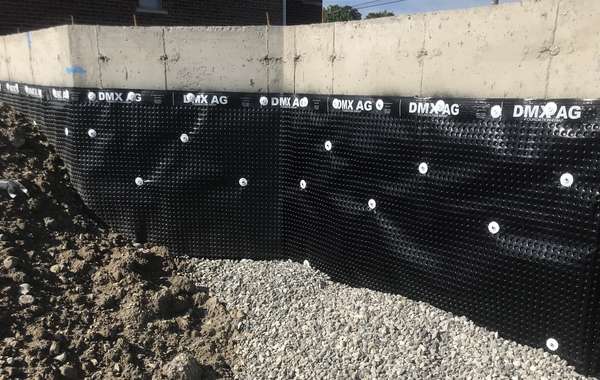

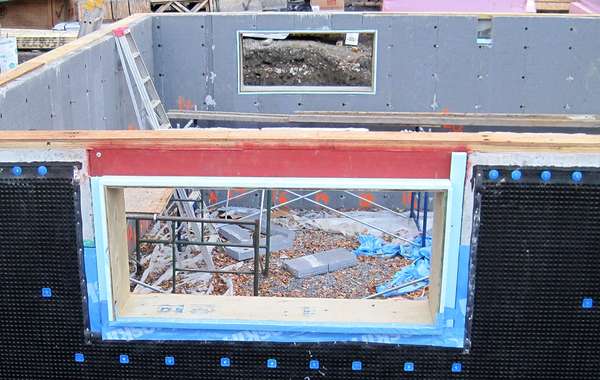
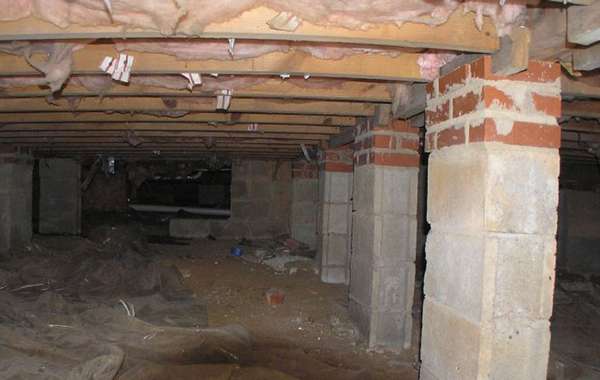
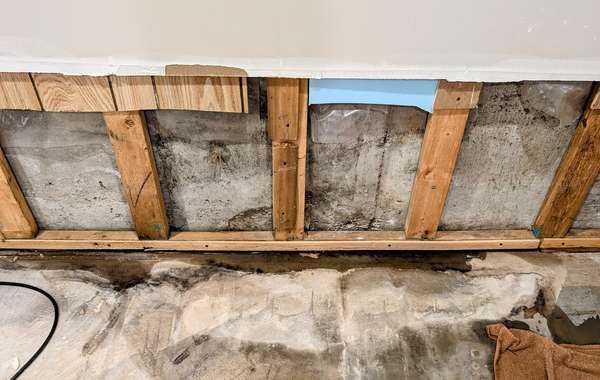
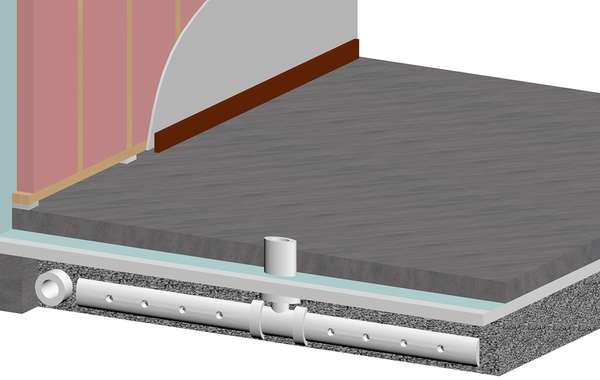
If I’m getting this right, you had insulation in the rim joist cavities then a foil faced foam board over top? If so, the foil is acting as a vapor barrier and preventing moisture from escaping. The beauty of Rockwool Mineral wool insulation is that it is resistant to moisture damage, but trapping moisture inside will allow condensation to form on the wood. You can learn more here about how that happens and how to avoid it –
How to build and renovate basements properly so they don’t develop mold
When you see Rockwool on basement walls, any moisture in the concrete can move right through it, as long as it is not stopped by an interior vapor barrier. That is also why you should never put an interior vapor barrier on basement walls, since the source of moisture that could damage the walls is not humidity in the interior air, it is moisture from the ground and concrete. The short story, is that the best place to put vapor protection is right against the concrete, and if there is none at all, at least don’t put any vapor barrier inside, let the moisture escape where it can be easily removed by ventilation systems or dehumidifiers.
Thank you